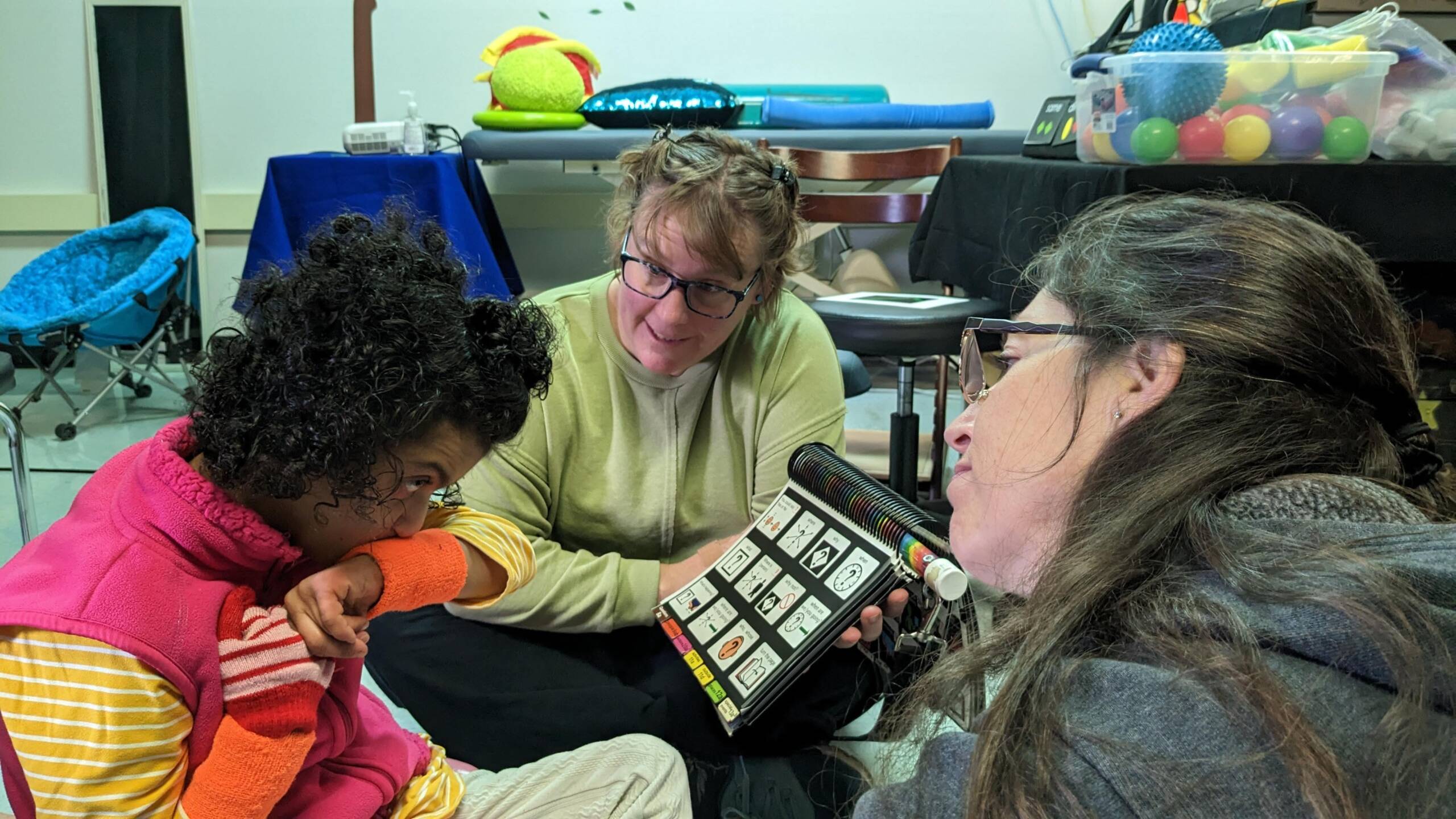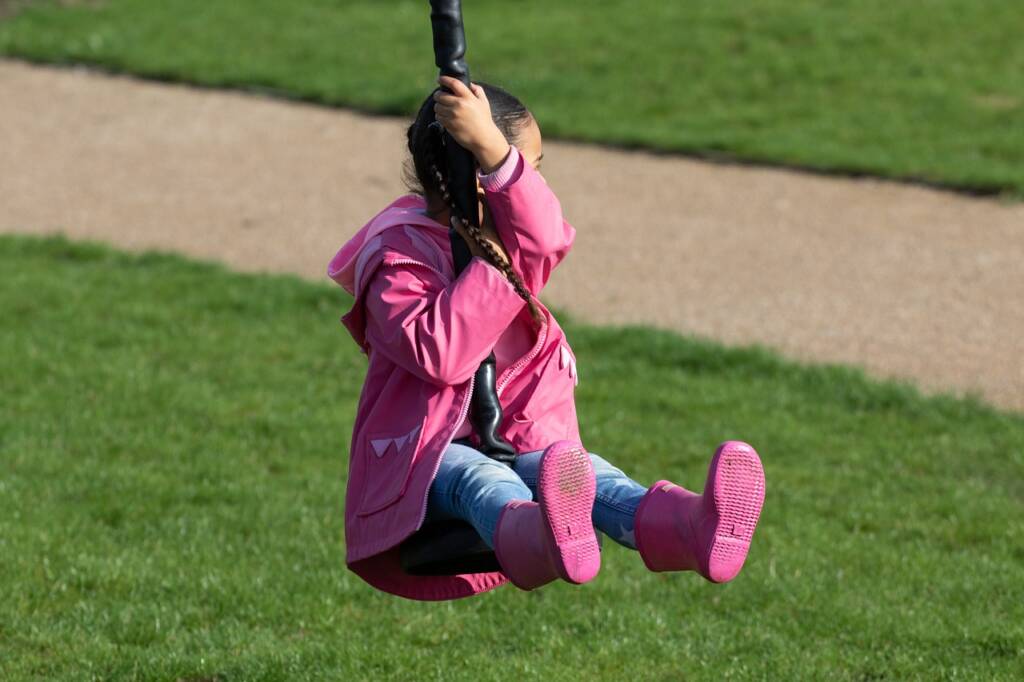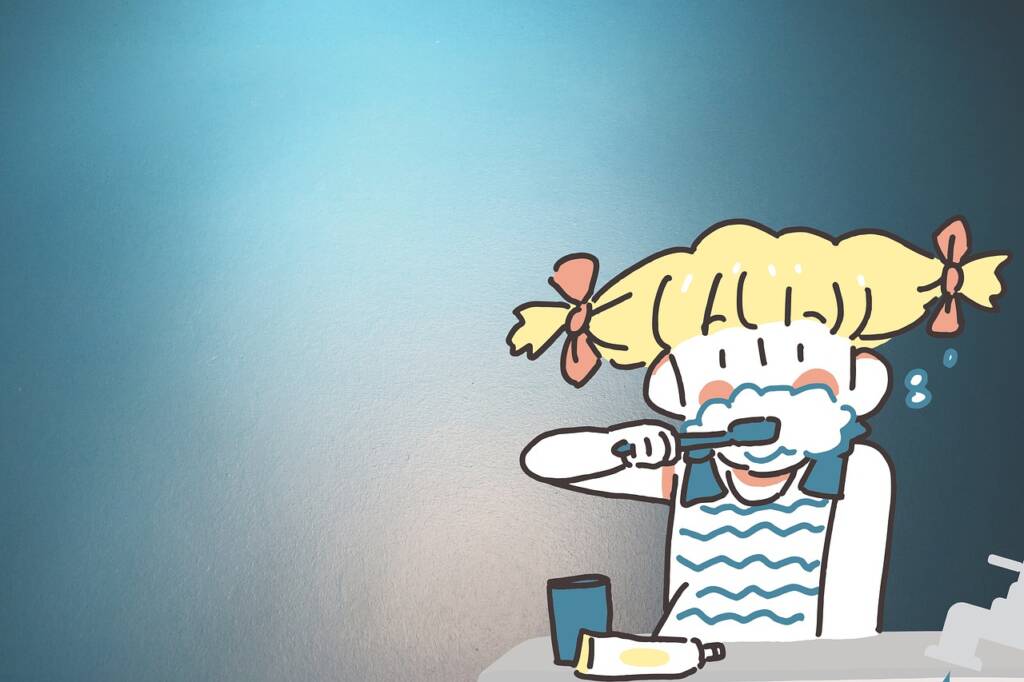I had the privilege of attending The Bridge School AAC/CVI Seminar the summer of 2022. It was a one week experience that was absolutely amazing as forty specialists came together from across the country to support ten families. We were organized into teams including a TVI, AAC specialist, SLP, and often a school counselor or psychologist. Each team was assigned to one family with a child needing an AAC system appropriate for their unique needs. Assessments started on the first day as we worked together. By the end of five days, each child was given a chance to show the other teams how their AAC system worked for communication. This real world experience reminded me of the power of working together, not in our specialty silos, to develop the ideal system for each unique child.
We have all heard the colloquial phrase “it takes a village to raise a child.” When working with CVI students, you can tangibly see that village working together, no one member more important than the other, to support student success. My favorite moments with our students are a result of that team collaboration. We call our team the “ICAN” team.
ICAN stands for Individual with Complex Access Needs. Our Speech and Language Pathologist (SLP), Amy, came up with this name and it has stuck. Team members include the guardians of the student, personal support person, classroom teacher, paraprofessionals, occupational therapist, physical therapist, teacher for the visually impaired, speech and language therapist, augmentative and alternative communication specialist, nurse, and any other specialists related to the student’s individual diagnosis. A truly diverse integrated team.

Our team currently works with a young 15 year old teenage girl. She was 8 years old when she first came to the United States from Bulgaria. Having been vastly undernourished from birth, she weighed a mere 9 pounds upon arrival in Oregon. The first couple of years were spent getting her healthy. Among her complex conditions, she was diagnosed with Wolf Hirschhorn Syndrome, cerebral palsy and CVI. During the early days, she showed all the visual behaviors of a child who was assessed in Phase I from Dr. Roman’s CVI Range. Additionally, mobility was something worked on daily. The ICAN team brainstormed a number of options for helping her become more mobile, more communicative, and more open to various sensory experiences. Our goal was to start building more neural pathways and connections.
After nearly 7 years of work, progress and success is so gratifying. She looks around when entering a room and shows visual curiosity; she makes eye contact with us even when we are 6 feet away! Well beyond visual curiosity, she has learned self advocacy. Within our time together we have created structure that provides stable and familiar routines with the ability to make choices built in.
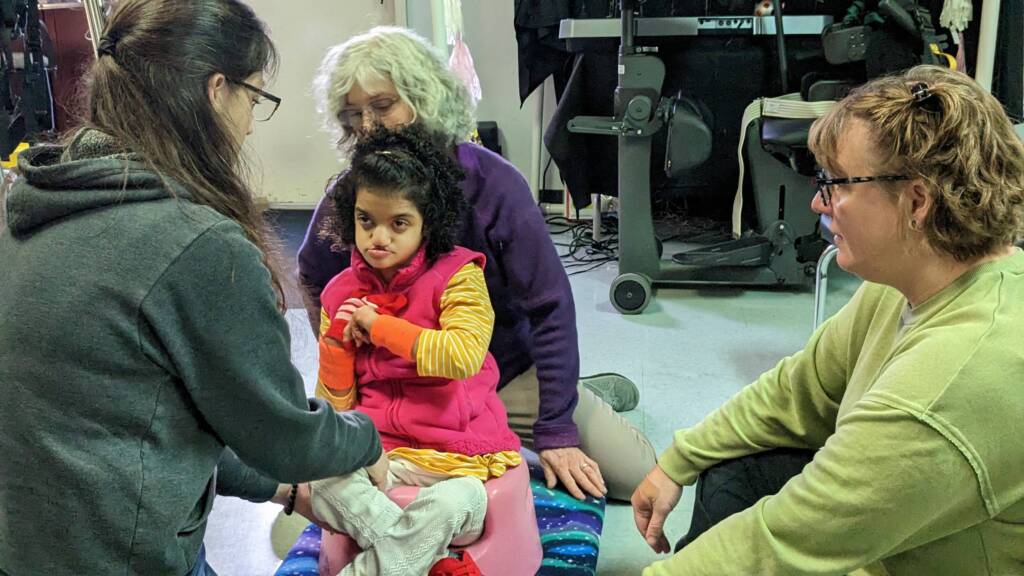
During her class-time, she will get out of her wheelchair and walk with assistance to the various locations in the classroom. To ensure safe moving and encourage independent mobility, we collaborate with her outside-school and her in-school physical therapists. Activities are provided for when she is standing, sitting, and moving around on the floor. Throughout this time, communication is supported through the use of her PODD book. Smiles and vocalizations are more of a common behavior now as she knows she is safe, has a voice, and is being listened to. Vision support is incorporated through how materials are presented.
This progress could only happen with the dedication and focus of her entire team. This includes her parents who shared their dreams and goals for their child, as well as her amazing personal support professional whose daily work incorporates all we are doing at school and at home. The classroom teacher who implements our suggestions and CVI strategies into her lesson plans. Her PT team, in school and at home, who collaborate to make sure she is positioned to be comfortable and able to focus. Our PT made chairs, spinners, tray accommodations, and other tools for all the different activities. These tools helped our student build confidence in getting herself positioned and ready to learn.
Her occupational therapist (OT) has taught us all the value of getting one’s body ready to learn and to be regulated. We have really had to think, and work creatively outside the box at times to ensure our student is ready to learn. Our OT worked to create several procedures our student could choose from to help her be more aware of her body.
Our SLP is also our Augmentative and Alternative Communication (AAC) specialist. She encouraged all of us to have high expectations for student communication. She taught the team how to use the PODD book in all routines throughout the day keeping communication consistent from home to school. What started as no communication, has grown to a place where our student looks at her PODD book, makes choices, lets us know how she feels, and lets us know when she is done with something or wants to do something different. She has been given a voice and she is using it!
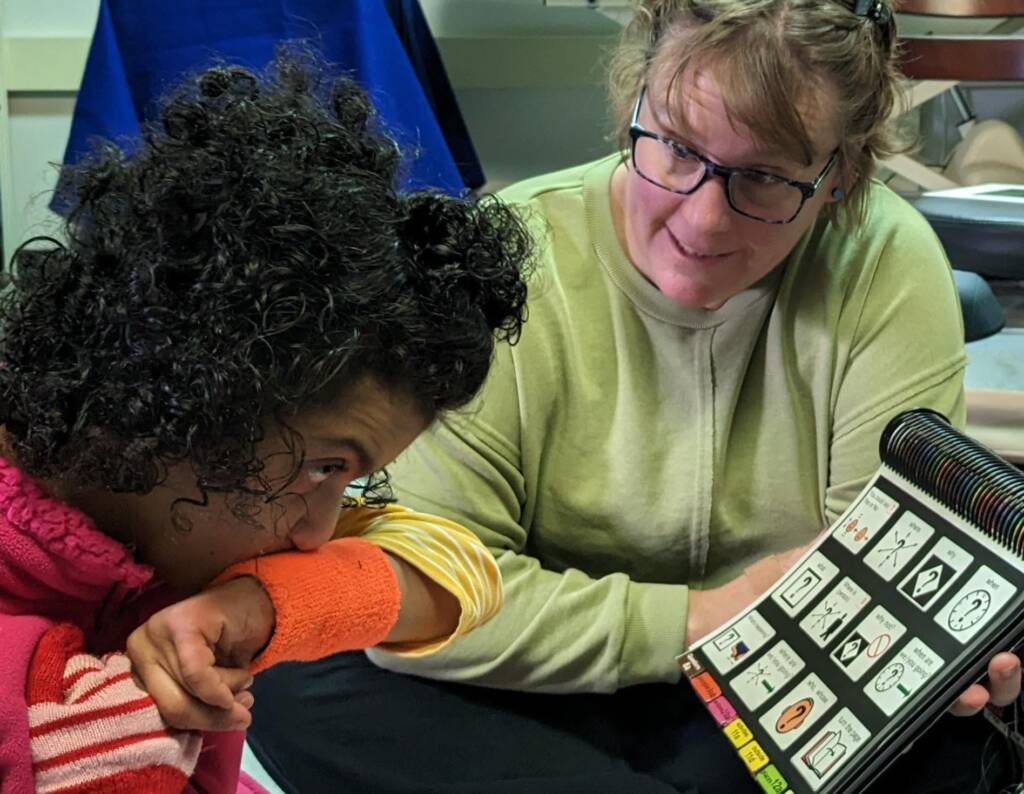
As the Teacher for the Visually Impaired, I trained the team on CVI and the unique way CVI affects our student. I worked with the team on how to present materials and how to design the best environment in which to do her planned activities.
Our team has certainly seen progress, but it is an ongoing journey. As it’s not always possible for the entire ICAN team to work together every day, we consistently communicate via Zoom, email and text chat to make sure we are all up to speed on progress and challenges.
Realizing that not all students have access to a team that is able to meet together like this, one of the reasons I created the VistaQuest BaseKit was for it to be a common resource for teams even if all team members aren’t able to meet together often. It is also helpful if the team isn’t able to meet together at all. The Trail Guides and Routes found within the kit were written in a way that anyone could take them and run with it. The parent or caretaker, the classroom teacher, the paraprofessional, the Professional Support Worker, and others involved who may be new to CVI can jump right in and start using the BaseKit with their child or student. The BaseKit was created to support the team, no matter how large, with effective intervention tools.

